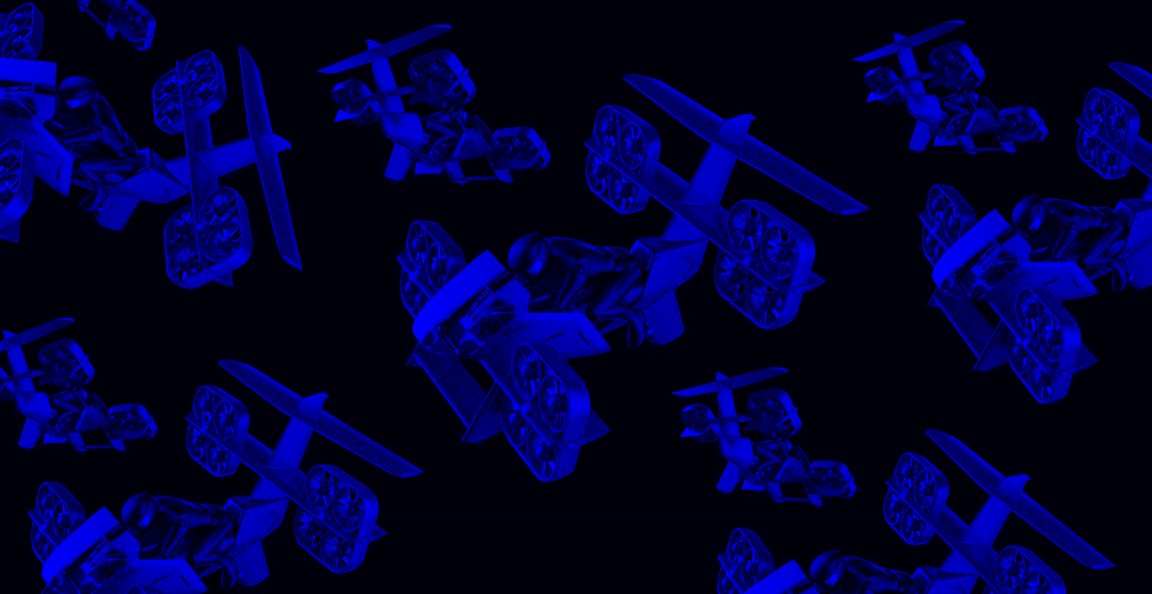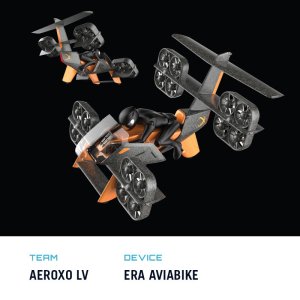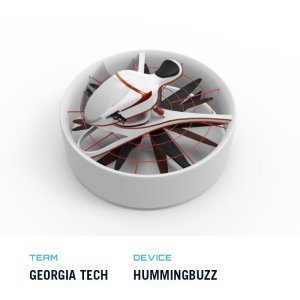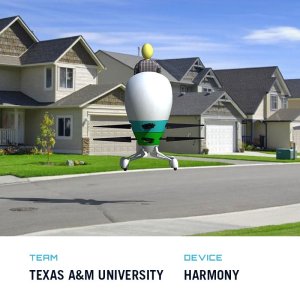
Wondering why it’s 2018 and we don’t have jetpacks yet? Well, thousands of engineers around the world are working on it.
The first phase of GoFly, Boeing’s contest to design a personal flying transport vehicle, has come to a close. The contest has, so far, drawn almost 3,000 competitors from 95 different countries. They’re all competing for a share of the $2 million in prize money that Boeing has put on the table, as well as connections to engineers, scientists, and other members of the aerospace industry that can help the team along the way towards its final prototype.
On Thursday, the competition organizers announced the winners of this first round.

The top ten list, which includes teams from the U.S., the Netherlands, the U.K., Japan, and Latvia, features designs that look like Leonardo da Vinci’s flying machine sketches conceived in a futuristic, sci-fi fever dream.
The various flying transport machines don’t look like what a jetpack looks like in the movies. Instead, they look like hovering motorcycles, drones, and go karts that show off the wide range of ideas people had for vehicles that may pass GoFly’s final test.
Phase I only required teams to submit a design and technical specifications; these vehicles don’t yet exist, so we can’t see a real-life pod race quite yet. Each of the teams that made the top ten were awarded $20,000, but anyone can enter the contest for Phase II, which will end in March 2019, in which teams will have to construct a working prototype and demonstrate a test flight. The top four teams after Phase II will each win $50,000.

To win the Final Fly-Off challenge, which will happen in Fall 2019, the vehicle must take off vertically and carry a passenger a distance of 20 miles. The grand champion team will win the remaining $1.6 million.
Though the GoFly rules say that vehicles should be created with safety in mind, many of the designs that made the cut after Phase I look, quite frankly, totally badass. And probably not the kind of thing you’d want to strap your toddler into.
But it’s not yet clear what purpose these vehicles will serve in society. Will the winners be able to license their Vertical Takeoff and Landing (VTOL) technology for the companies like Uber that hope to unveil flying taxis? Or will the transports become the cool-ass playthings of rich hobbyists?

The teams retain legal ownership of their creations, so these decisions may come down to their own individual goals and whims. But with all of the influential members of the aerospace community that competitors will meet along the way, it’s likely that we’ll see some parts of these VTOL vehicles pop up once a grand champion is announced.